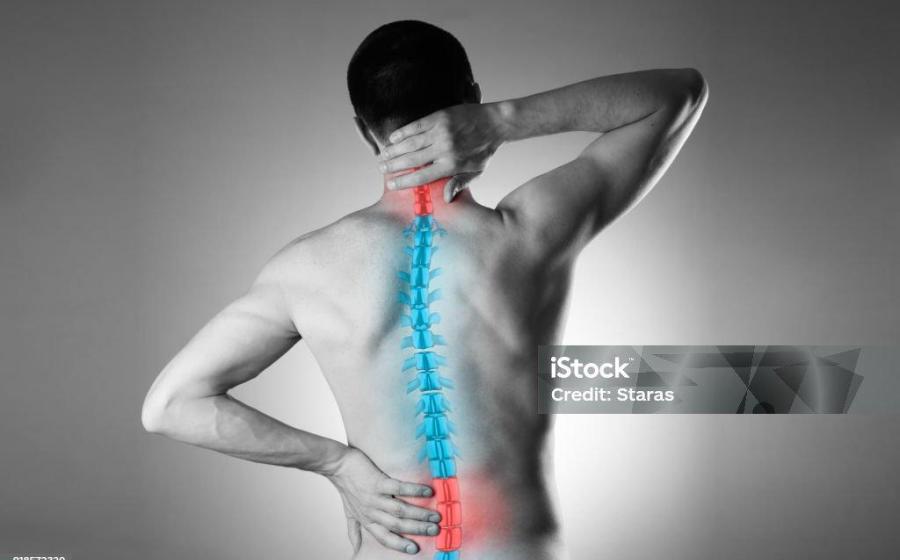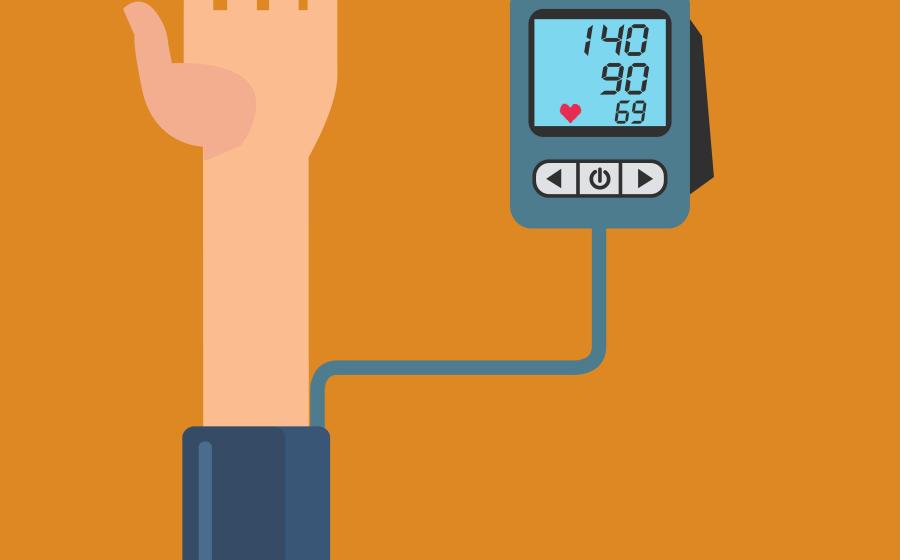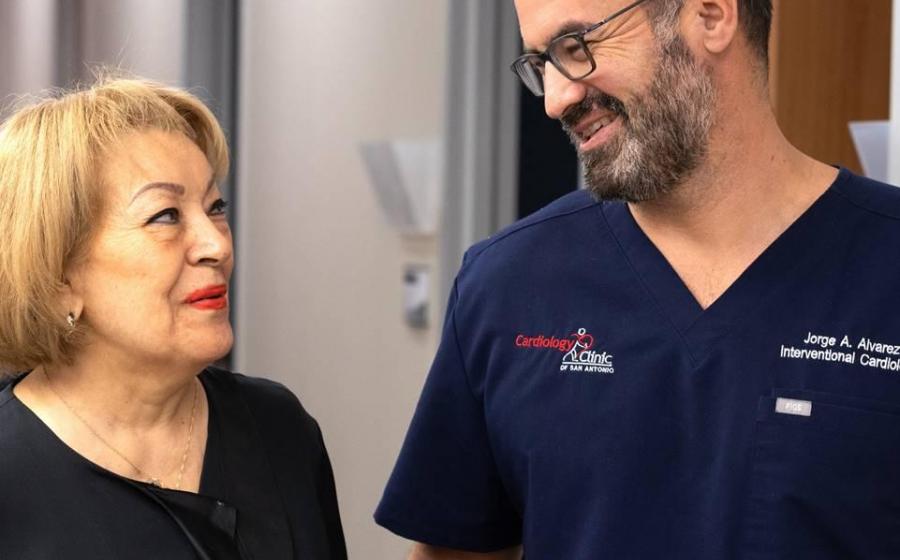Riding into Spring, Avoiding Skin Cancer Surgery
(NewsUSA) - It’s practically Spring, and the outdoors is calling. “I’ll be back on my bike and celebrating the return of sunny weather,” says Todd Fishman, a long-time Louisville, Kentucky, resident and devoted bicycle enthusiast. “But this year,” he notes, “I’ll be far more diligent in protecting myself from the sun’s harmful UV rays.”
- It’s practically Spring, and the outdoors is calling. “I’ll be back on my bike and celebrating the return of sunny weather,” says Todd Fishman, a long-time Louisville, Kentucky, resident and devoted bicycle enthusiast. “But this year,” he notes, “I’ll be far more diligent in protecting myself from the sun’s harmful UV rays.”
Fishman, 57, says, “Biking is my escape – it gives me balance in my life.” But exposure to the sun took its toll on this outdoor enthusiast. Last year, Fishman was diagnosed with basal cell carcinoma on his nose, but when his top-flight dermatologist recommended Mohs surgery, Fishman asked, can you guarantee I won’t have an ugly scar from the treatment? When the answer was no, Fishman did his own research and found a local dermatologist, Dr. Denise Dickinson, who offered a noninvasive alternative with a 99%+ cure rate with no surgery and no surgical scarring.
“I avoided the pain, scarring and downtime that accompanies Mohs surgery by choosing the newer, nonsurgical treatment known as Image-Guided SRT, or the GentleCure experience. My doctor, using high-frequency dermal imaging technology to observe and precisely target the cancer cells, aimed and delivered low energy x-rays at the tumor. After a series of 15-minute sessions in her office, there was no evidence of skin cancer! This clearly was the better way to cure my cancer.”
Fishman is not alone. More Americans are diagnosed with nonmelanoma skin cancer each year than all other cancer types combined. That’s more than 3.3 million people annually. Most cases result from sun exposure, the dangerous effects of which are cumulative over time, which explains why one-in-five Americans will develop skin cancer by age 70. Other factors that may mean you’re likely to get skin cancer include the use of tanning beds, a personal or family history of skin cancer, and having pale skin, red or fair hair, or blue or green eyes.
“Albert Einstein,” Fishman notes, “said life is like riding a bicycle; to keep your balance, you must keep moving. He was so right, and thank goodness that my dermatologist is keeping up with effective new treatment options like the GentleCure experience.”
For more information and to learn where the GentleCure experience is available, visit GentleCure.com.



 - Low back pain remains a leading cause of disability and missed time from work in the United States. However, an at-home traction device offers a path to relief, according to Dr. Jeff Fisher, an Irvine, California-based chiropractor with more than 30 years of experience. Dr. Fisher invented the Fisher Traction Neck Device after experiencing an acute spine-related sports injury. Several years later, he developed the Fisher Traction Low Back Device to help his wife and sons manage herniated discs at home.
- Low back pain remains a leading cause of disability and missed time from work in the United States. However, an at-home traction device offers a path to relief, according to Dr. Jeff Fisher, an Irvine, California-based chiropractor with more than 30 years of experience. Dr. Fisher invented the Fisher Traction Neck Device after experiencing an acute spine-related sports injury. Several years later, he developed the Fisher Traction Low Back Device to help his wife and sons manage herniated discs at home.
 - La presión arterial alta, también conocida como hipertensión, es una epidemia creciente que afecta a la mitad de todos los estadounidenses. La presión arterial alta puede dañar órganos vitales como el corazón, el cerebro, los riñones y los ojos sin ninguna señal de advertencia. Si no se trata, también puede provocar problemas graves como dolor de pecho, ataques cardíacos e insuficiencia cardíaca, y aumenta el riesgo de accidente cerebrovascular y enfermedad renal crónica. Durante mucho tiempo, la única forma de tratar la presión arterial alta era mediante cambios en el estilo de vida, como dieta y ejercicio, o tomando medicamentos. Hoy en día, hay otro enfoque a considerar además de las modificaciones en el estilo de vida y los medicamentos.
- La presión arterial alta, también conocida como hipertensión, es una epidemia creciente que afecta a la mitad de todos los estadounidenses. La presión arterial alta puede dañar órganos vitales como el corazón, el cerebro, los riñones y los ojos sin ninguna señal de advertencia. Si no se trata, también puede provocar problemas graves como dolor de pecho, ataques cardíacos e insuficiencia cardíaca, y aumenta el riesgo de accidente cerebrovascular y enfermedad renal crónica. Durante mucho tiempo, la única forma de tratar la presión arterial alta era mediante cambios en el estilo de vida, como dieta y ejercicio, o tomando medicamentos. Hoy en día, hay otro enfoque a considerar además de las modificaciones en el estilo de vida y los medicamentos. 

 - In the ongoing battle against COVID-19, vaccines have been successful in helping to reduce illness and contributing to the declining numbers of infections in the U.S. and around the world. But COVID-19 is not gone, and it remains a significant threat. Those with weakened immune systems, chronic illnesses and other risk factors are particularly vulnerable to severe illness from the virus.
- In the ongoing battle against COVID-19, vaccines have been successful in helping to reduce illness and contributing to the declining numbers of infections in the U.S. and around the world. But COVID-19 is not gone, and it remains a significant threat. Those with weakened immune systems, chronic illnesses and other risk factors are particularly vulnerable to severe illness from the virus.

 - Lung cancer is the deadliest of all major cancers, with Small Cell Lung Cancer (SCLC) patients having a significantly lower survival rate than non-small cell lung cancer patients (NSCLC).
- Lung cancer is the deadliest of all major cancers, with Small Cell Lung Cancer (SCLC) patients having a significantly lower survival rate than non-small cell lung cancer patients (NSCLC).

 - By the time you read this article, three people will have had a stroke and one will die. Stroke is the leading cause of serious long-term disability in the United States, impacting nearly 800,000 people each year, with a quarter experiencing another stroke within five years. Despite the prevalence of stroke, 80% are preventable with a combination of medication and healthy habits.
- By the time you read this article, three people will have had a stroke and one will die. Stroke is the leading cause of serious long-term disability in the United States, impacting nearly 800,000 people each year, with a quarter experiencing another stroke within five years. Despite the prevalence of stroke, 80% are preventable with a combination of medication and healthy habits.
 - Cardiovascular Disease including stroke remains a leading cause of death in the United States and is the number one cause of death in women, according to the American Stroke Association, a division of the American Heart Association.
- Cardiovascular Disease including stroke remains a leading cause of death in the United States and is the number one cause of death in women, according to the American Stroke Association, a division of the American Heart Association.
 - The number of deaths from heart disease in America may be rising due in part to a Medicare coverage technicality. Home-based, virtual cardiac rehabilitation is popular nationwide and has proven to reduce the risk of death. In 2018, the American Heart Association and other professional societies endorsed virtual cardiac rehab as an effective option for patients. In fact, a recent study in the Journal of the American Medical Association showed a 36% lower risk of death for those adults participated in a home-based, cardiac rehab program versus those who did not.
- The number of deaths from heart disease in America may be rising due in part to a Medicare coverage technicality. Home-based, virtual cardiac rehabilitation is popular nationwide and has proven to reduce the risk of death. In 2018, the American Heart Association and other professional societies endorsed virtual cardiac rehab as an effective option for patients. In fact, a recent study in the Journal of the American Medical Association showed a 36% lower risk of death for those adults participated in a home-based, cardiac rehab program versus those who did not.